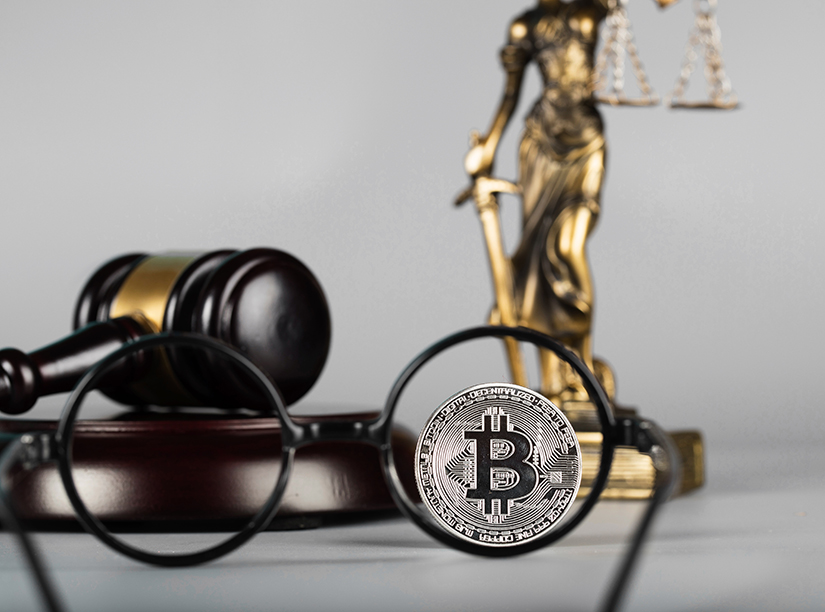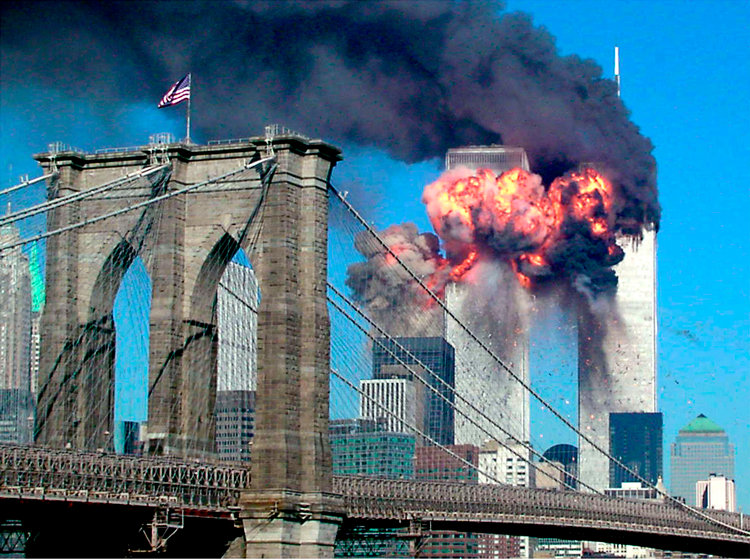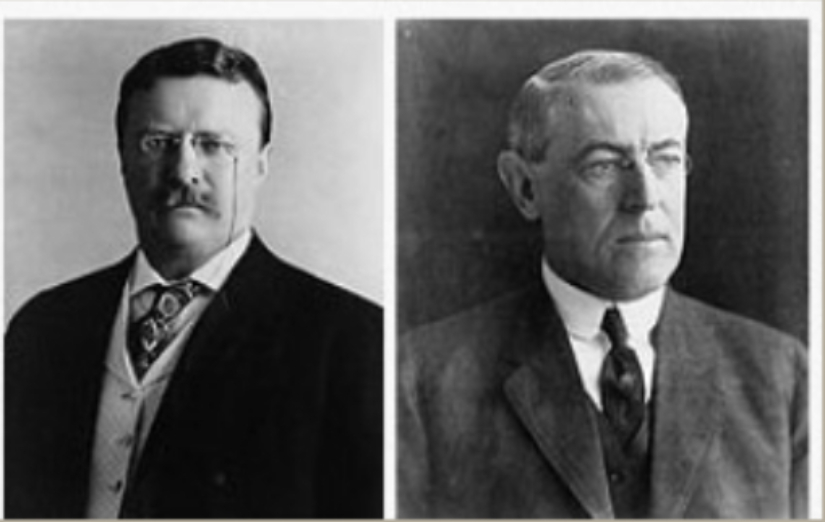Abstract
A simple, on the one hand, yet, on the other hand, a complex and practical question about which form of business is the best for a Christian businessperson is the main point of this work. In a given situation, the four brothers from a family with deep Christian creed inherited an organic farm which was run by their father as a sole proprietorship. They are interested in having their cousin run the farm since he was trained by their father, how to operate the entire farm while none of four had any experience in this work. However, their main problem is which form of business to choose to run the farm jointly? Now that there are several people having equal rights for owning and getting profits from the farm, the sole proprietorship is not an option any more. One more issue, which is of vital importance in this situation, is the point that the form of the business establishment must be in accordance with Bible and Christian worldview. After conducting this research and using different business and Christian sources, such as Dockery and Thornbury (2002), Internal Revenue Services (2013), Backet and DeMoss (1999) and others, the conclusion was made that the best option, in this case, is Limited Liability Company.
Business and Christian Worldview: Their Influence on Each Other
It seems to be rather strange: what can be mutual between Christian worldview and business? How can these different branches of our life be combined and work as a single mechanism, both bringing profit and glorifying God? The answer can be found in the Holy Bible, in Mathew’s Gospel (28:18): there’s no part of the universe, over which Jesus is not Lord. This postulate means that all branches of our life are under the influence and guidance of God; thus, by calling ourselves Christians we must follow all the precepts which Lord gave us. Moreover, we all understand that when our time comes, and we stand in front of Him, we will respond for all our deeds during the lifetime; hence, we must try our best be worthy children of our Lord. The Relevant Bible Teaching (RBT, 2013) says that there is nothing bad for Christians in running their own business and making money irrespective of quantities if it is made in accordance with God’s Law. This principle assumes high honesty, moral integrity, and respect to all customers and employees, using the principle “do unto others as you would have them do unto you”. Furthermore, the same article says that a true Christian businessperson must stand apart from doing businesses in the way, which is done in modern business world. This includes such practices as, for instance, persuading people to buy products, which they do not need, or making most of the customers “wrong” by establishing rather complex mathematics, or making the warranties which can be understood in absolutely different ways and may have contradictory meaning. As a result, many companies just cheat their clients in pursuit for money. Unlike any modern businessperson, the main question for Christian entrepreneur is not how much money he earns, but how he earns it.
In addition we must always remember, that formally Christian business does not exist, because at first there’s no type of business which is conducted only by Christians, at second only employers and employees – people can be Christians, but not the tools, cars, trucks or computers which they use, and finally at third not only businesspeople with deep Christian beliefs can have such core values of their company as being fair, providing excellent service and integrity towards the customers of their goods and services.
What Type of Business is better for a True Christian?
As it was mentioned above, no matter what business activities a Christian might have (surely except the one which specializes in producing and/or selling products which bring harm or cause violence, like guns, drugs, tobacco, etc.) – the main idea is to glorify God by being honest and opened to customers, providing service with deep respect to each person. As it is written in the Bible, “Whatever you do, do your work heartily, as for the Lord rather than for men” (Colossians 3:23).
Nowadays, the humanity lives in the era of Free Market. As we know, the main elements of the free marker are fair competition, private ownership, and a financial reward for the productivity of the business entity. Backet and DeMoss (1999) say that the nature of a working economic system affects the Christian businessperson significantly, as well as his/her company’s productivity and profits. They also added that the duty of any entrepreneur who calls himself a Christian is to save and improve the good sides of the system of the Free Market, which is severely endangered in today’s wicked and mean society, whose main goal is just to make money at any price.
The Existing Types of Business and the Optimal Choice of the One to Run a Farm for Family Members
Today, as it is shown by Small Business Administration (SBA Gov, 2013), the most popular forms of business systems are Sole Proprietorship, Corporation (also known as C Corporation), S Corporation, Cooperative, LLC and, finally, Partnership. In a given situation, when four brothers inherited the organic farm, including equal rights for owning it and sharing profits from its operations, we can see that sole proprietorship is not an option anymore since this form of business means a single owner (who decides everything only by himself).
The C Corporation is a bit more suitable option and is a form of business entity, which is also known as a classical corporation. As it is described on BizFilings website (2013), the main advantage of such form of establishment is limited liability, which means that the shareholders (whose number to the point is unlimited) typically are not responsible for the debts of the business, as well as its liabilities. Easy transferred ownership is also one of the strong sides of the C Corporation, and this trait allows owners to transfer the ownership easily, just by selling the stocks. Moreover, the expenses of the business using this type are audited much less than, for example, in case of sole proprietors. The S Corporation, according to BizFilings (2013), in its turn, is a form of a corporation which chose another tax status with Internal Revenue Service – IRS(IRS, 2013) and, unlike the classical corporation, has pass-through tax entities. Similarly, the S Corp. is void of double taxation, which is possible in classical (or C-) corporation. However, on the other hand, the S corporation in comparison to a classical C corporation, has a restriction on ownership: not more than 100 shareholders are allowed in one S corporation. Furthermore, this form of business cannot be owned, for example, by LLC’s or other corporations of any types, as well as most of the trusts. Finally, one more significant detail is that, although S corporation is a company which offers a bit less flexibility during the start of the business; however, it offers an outstanding benefit, such as tax savings. Saving on tax is the implication of self-employment since, according to the peculiarities of the S corporation, the owners of the business who work for it are also considered being employees.
At first glance, the S – corporation is a great option for restructuring of the inherited farm: quite good conditions for taxation, the number of shareholders are within the allowed range, and the limited liability is also a strong argument towards favoring this system over others. In this case, as we know, the four brothers are just going to start the business, which was nobody of them ever conducted in the past. On the other hand, the Limited Liability establishment is especially helpful for the businesspeople, who just start their venture on a business path. It is noteworthy that one more variant of LLC is possible. According to the IRS classification (2013), Limited Liability Company, in case if the number of owners exceeds 2 persons, is classified as a partnership for federal tax purposes if it does not file the form 8832 and elects to be treated as a corporation. Walter Schwidetzky (2009), while observing this issue, wrote that if an LLC is ran as a partnership, the documents, which it has to fill in order to issue the common stock and register it for the purposes of public trading, are far more challenging and consuming in time, money and efforts. Moreover, in some cases, LLC can exist only as a corporation, but not a partnership. In this case, the better option for four brothers to run the farm is establishing the LLC. Limited Liability Company is as good as a corporation due to the presence of limited liability of each owner; however, it is much less complicated in terms of document filing process and options for taxation. In addition to above benefits, the AllBusiness website (2013) emphasizes on such advantages of LLC as more flexibility than most of the other types of business have. The flexibility of LLS assumes the owners of the business can adjust their LLC to the requirements of a certain state, where the business owners established their company. The next advantage of LLC is that its owners, together with shareholders, have limited liability, which saves them from personal liability in case of a lawsuit or debt, which may occur in the course of the company’s operation. Notably, in LLC no board of directors or annual meetings are needed, which makes the life of the company easier and requires less recourses to be spent for the operations of the company. Finally, the biggest plus of the LLC as a business system is a broad choice of tax options, which greatly helps in minimizing and optimizing taxation for the entire business entity, based on a state, where it operates. For instance, the LLC may choose whether it wants to be taxed as corporation, partnership, S corporation, or a sole proprietorship.
However, just like any other form of business entity, LLC is not an ideal form of establishment and also has its disadvantages. Those downsides relate to a little structure and lack of the requirements for running the business, which later can cause troubles in the working process of the entity, until the owners of the company create a strictly determined operating agreement. The next weak point of LLC is pass-through taxation. The pass-through taxation means that all losses and profits of all the owners and shareholders, without exception, are reported individually via individual tax returns (without any considerations if the members of the LLC receive dividends or not). However, in our case, four brothers are members of one family, who are absolutely equal owners of the entity; therefore, the said disadvantage is not significant in this case. On the contrary, this disadvantage turns out to be rather a strong argument towards choosing LLC as a form of the business entity, especially for the new owners and their farm, under this case. Another weak side is that, in LLC, the investors are hesitant in investing their money in a company of this form, due to poor corporate structure, which is typical for most LLC’s. However, just as I mentioned in the description of a previous disadvantage, for the case under discussion it is not a problem since the owners of the organic farm do not plan to find any investors. Finally the last, but not least disadvantage is that some states of the USA require LLC’s to pay an additional tax, known as “franchise tax”. Therefore, despite the disadvantages which are typical for this form of business organization, according to study made by Rodney Chrisman (2009), LLC became “A New King of the Hill” among the modern business entities, and it is now the most popular form of business organization in the USA. This feature proves once again the effectiveness and reliability of the LLC as a business entity. All in all, judging by the entire situation we may conclude without any hesitations that, for the organic farm, the best and the most profitable option will be establishment under LLC provisions, which is treated as a corporation, but not a partnership. This choice is good not only from the business perspective, but also from the Christian worldview since it does not violate any of the rules which are mandatory for all Christians, who seek to live under the rules of the Lord’s Word as written in the Holy Bible. This worldview assumes running the company reasonably, with the high level of moral commitment and fair treatment of the customers while developing the business.
References
Becket, J., & DeMoss, T. (1999). The Christian world view of business and occupations. The Coalition on Revival Inc., 6.
Chrisman, R. D. (2009). LLCs are new King of the Hill: An empirical study of the number of new LLCs, corporations, and LPs formed in the United States between 2004-2007 and how LLCs were taxed for tax years 2002-2006. Fordham Journal of Corporate & Financial Law, 459-460.
Internal Revenue Service, (2013). Limited Liability Company (LLC). IRS Website.
Retrieved from http://www.irs.gov/Businesses/Small-Businesses-&-Self-Employed/Limited-Liability-Company-(LLC)
Schwidetzky, W. D. (2009). Integrating subchapters K and S-Just Do it. Tax Lawyer, 62(3), 768-775.
SBA Gov. (n.d.). Choose your business structure. U.S. Small Business Administration.
Retrieved from http://www.sba.gov/category/navigation-structure/starting-managing-business/starting-business/choose-your-business-stru
RBT. (2013). God-honoring business practices. The Relevant Bible Teaching.
Retrieved from http://www.relevantbibleteaching.com/site/cpage.asp?cpage_id=140027874&sec_id=140001239
AllBusiness. (2013). Pros and cons of a Limited Liability Company (LLC).AllBusiness website.
Retrieved from http://www.allbusiness.com/business-planning/business-structures-limited-liability/2517-1.html
BizBillings. (2013). S Corporation vs. C corporation: A comparison. BizFilings. The Small Business Incorporation Expers. Retrieved from http://www.bizfilings.com/learn/s-corporation-vs-c-corporation.aspx

 A criminal procedure refers to the attribution process of criminal law. It safeguards against wrong application of criminal law and capriccios treatment of criminal suspects (Samaha, 2014). Criminal procedures are designed to implement constitutional rights of suspected criminals and defendants, starting with the first police contact and continuing through to interrogation, arrest, investigation, court trial, sentencing, and appeals.
A criminal procedure refers to the attribution process of criminal law. It safeguards against wrong application of criminal law and capriccios treatment of criminal suspects (Samaha, 2014). Criminal procedures are designed to implement constitutional rights of suspected criminals and defendants, starting with the first police contact and continuing through to interrogation, arrest, investigation, court trial, sentencing, and appeals.




![Exploring History and Theorists of History [Essay Example]](https://collegewritinglab.com/wp-content/uploads/2018/03/exploring-history-and-theorists-of-history-825x510.jpg)
![Rachel Lachowicz – Post-Modernist Sculptor [Art Design Essay Example]](https://collegewritinglab.com/wp-content/uploads/2018/02/rachel-lachowiczart-design-825x510.jpg)
![Art History: Francisco de Goya’s Paintings [Essay Example]](https://collegewritinglab.com/wp-content/uploads/2018/02/francisco-de-goyas-paintings-800x510.jpg)